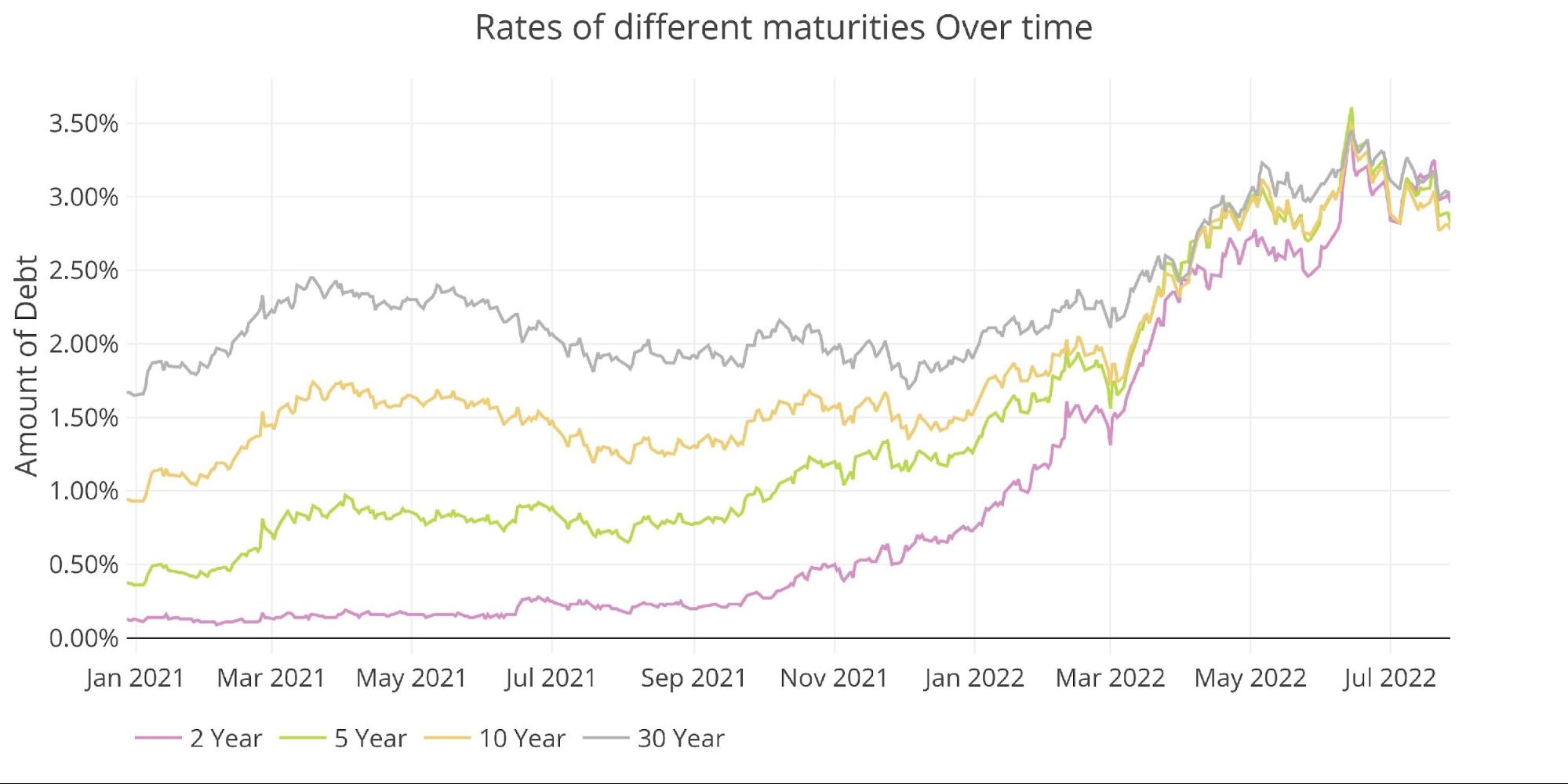Fed Balance Sheet Reduction Not Delivering As Promised

Image Source: Pexels
The Federal Reserve is all-in on the inflation fight.
Or is it?
While everybody focuses on interest rate cuts, the promised Fed balance sheet reduction isn’t going quite as promised.
Balance sheet reduction, technically known as quantitative tightening, was supposed to start in May. The FOMC statement released after the July meeting claimed that “the Committee will continue reducing its holdings of Treasury securities and agency debt and agency mortgage-backed securities, as described in the Plans for Reducing the Size of the Federal Reserve’s Balance Sheet that was issued in May.”
The problem with this claim is that the Fed can’t continue what it hasn’t really started.
The plan announced in May was for $30 billion in US Treasuries and $17.5 billion in mortgage-backed securities to roll off the balance sheet in June, July, and August. That totals $45 billion per month. In September, the Fed plans to increase the pace to $95 billion per month.
This isn’t a particularly aggressive roll-off, to begin with. At $95 billion per month, it would take 7.8 years for the Fed to shrink its balance sheet back to pre-pandemic levels. And it’s not even keeping pace with its own tepid plan.
Here’s the reality. Two months after the official start of QT, the Fed has reduced Treasury holdings by about $50 billion — $10 billion less than the plan. Meanwhile, Mortgage-Backed Security holdings increased by over $10 billion!
Of course, today we live in a world where it’s all about spin. Despite the Fed’s failure to deliver on a lackluster plan, Jerome Powell insists everything is fine.
So we think it’s working fine… And in September, we’ll go to full strength. And the markets seem to have accepted it. By all assessments, the markets should be able to absorb this. And we expect that will be the case. So, I would say the plan is broadly on track. It’s a little bit slow to get going because some of these trades don’t settle for a bit of time. But it will be picking up steam.”
Also, there is no recession.
Despite Powell’s assurance, the markets have not “absorbed this” particularly well. As an article on the Mises Institute Power and Market blog notes, despite the slow pace of tapering, we’re still in the middle of a bust. The Nasdaq is down 20% on the year and the S&P 500 is down 13.5%. And as our technical analyst noted, “the Fed’s mere exit from increasing their balance sheet is already being felt in the bond market with massive congestion in the yield curve.”
This calls into question the Fed’s commitment to fighting inflation. If the central bank truly viewed inflation as “public enemy No. 1” and believed the economy is strong enough to handle tighter monetary policy, why isn’t it aggressively reducing its balance sheet?
More By This Author:
Record Consumer Debt Levels Continue To ClimbJobs Report: Be Careful What You Wish For
US Debt: The Sting Of Higher Interest Rates Is Just Getting Started




